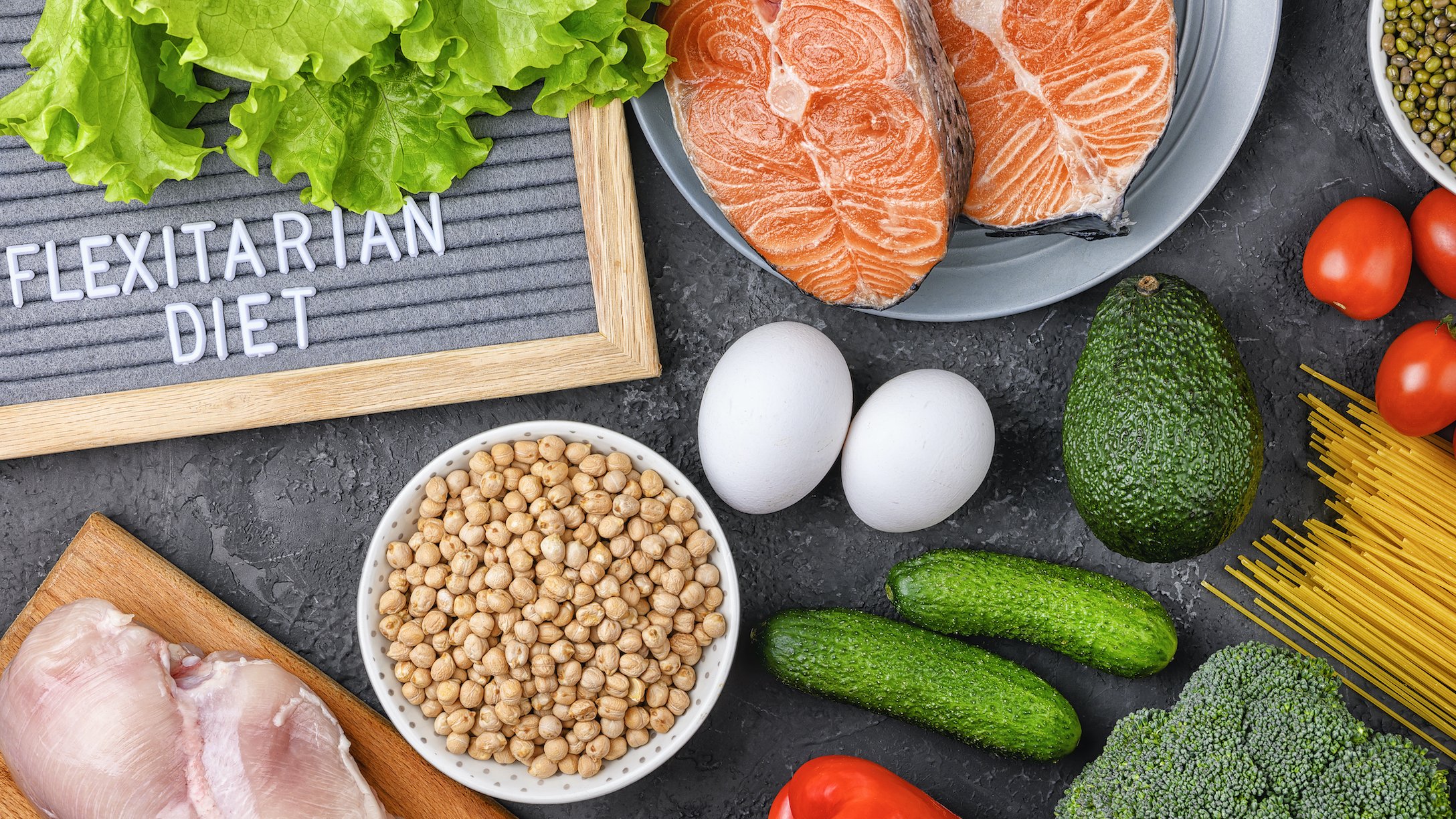
Are you looking for ways to eat healthier? Do you want to add more plant-based foods to your diet? Do you want all the health benefits of a vegetarian diet without having to cut out foods? Well, then the Flexitarian Diet might be for you. Wait, "flexitarian" is that even a word? It's more like two words put together: flexible + vegetarian. The term was first coined in 2009 by Dawn Jackson Blatner, a registered dietitian.
More from MamásLatinas: Foods that are healthy for people with high cholesterol
Think of the Flexitarian Diet as a mostly vegetarian style of eating that encourages you to eat more plant-based foods and less meat, but doesn't cut out meat or animal products altogether. It's flexible, it's healthy, and it's easy to follow. Keep reading to learn more about what makes it different from being vegan, vegetarian, or full on carnivore. Once you know more, you can decide if you want to go flexitarian. It could be great for your whole family because it's so darn flexible.
What exactly is the Flexitarian Diet?
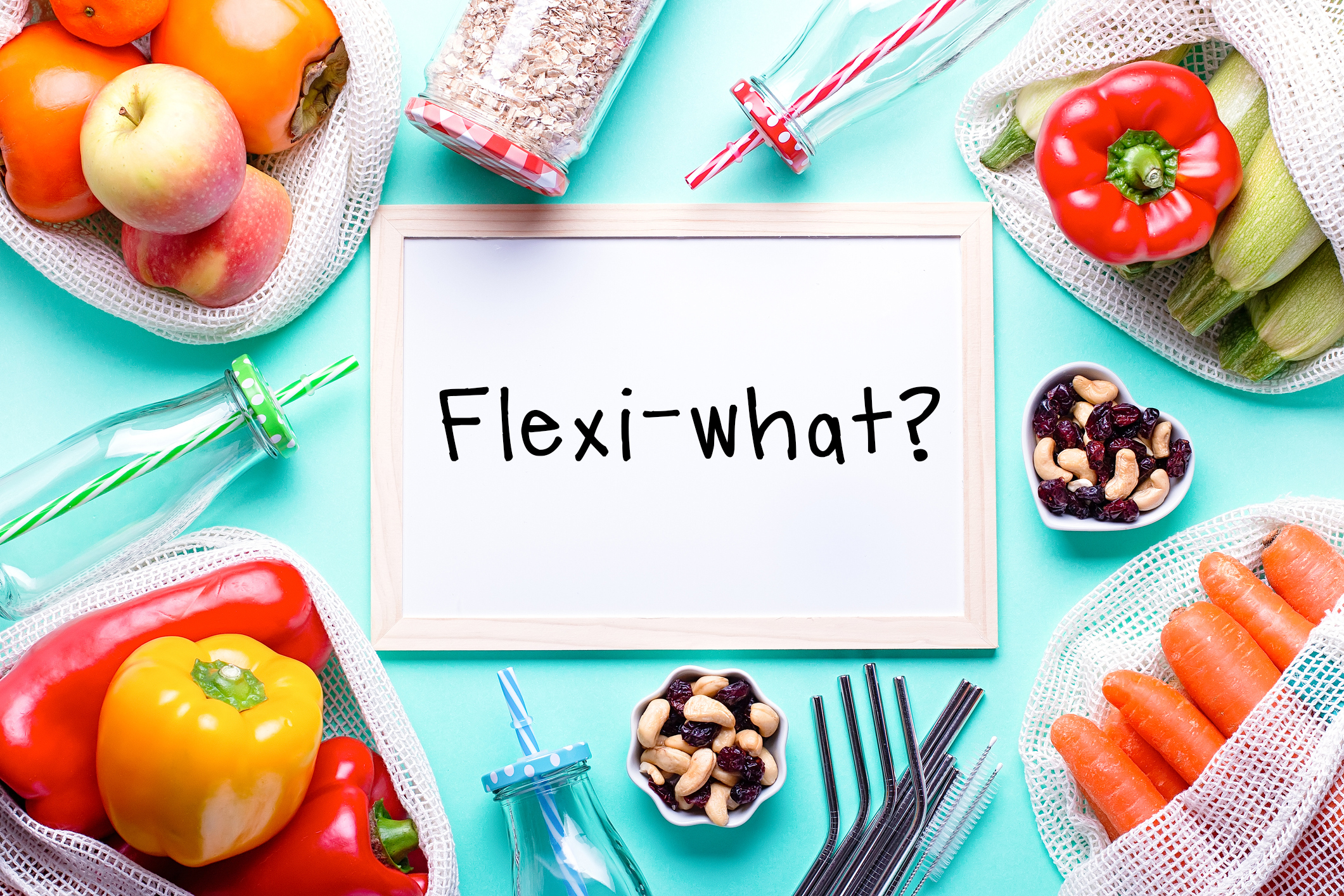
The name and concept date back to 2009 when registered dietitian Dawn Jackson Blatner published the book The Flexitarian Diet: The Mostly Vegetarian Way to Lose Weight, Be Healthier, Prevent Disease and Add Years to Your Life. The title of the book pretty much explains the diet, but there's a little more to it.
Being a flexitarian means you’re vegetarian most of the time, but not all of the time.

There are many benefits to a vegetarian diet because you are eating plant-based foods that can help improve your health, lower your chances of developing heart disease, diabetes, and even cancer. For lots of people, though, part of the reason they become vegetarian or vegan for that matter is because they are opposed to eating animals or animal products for a variety of reasons. If you aren't opposed to eating animals, a vegetarian or vegan diet might be hard for you to follow.
The difference between being vegetarian and vegan.
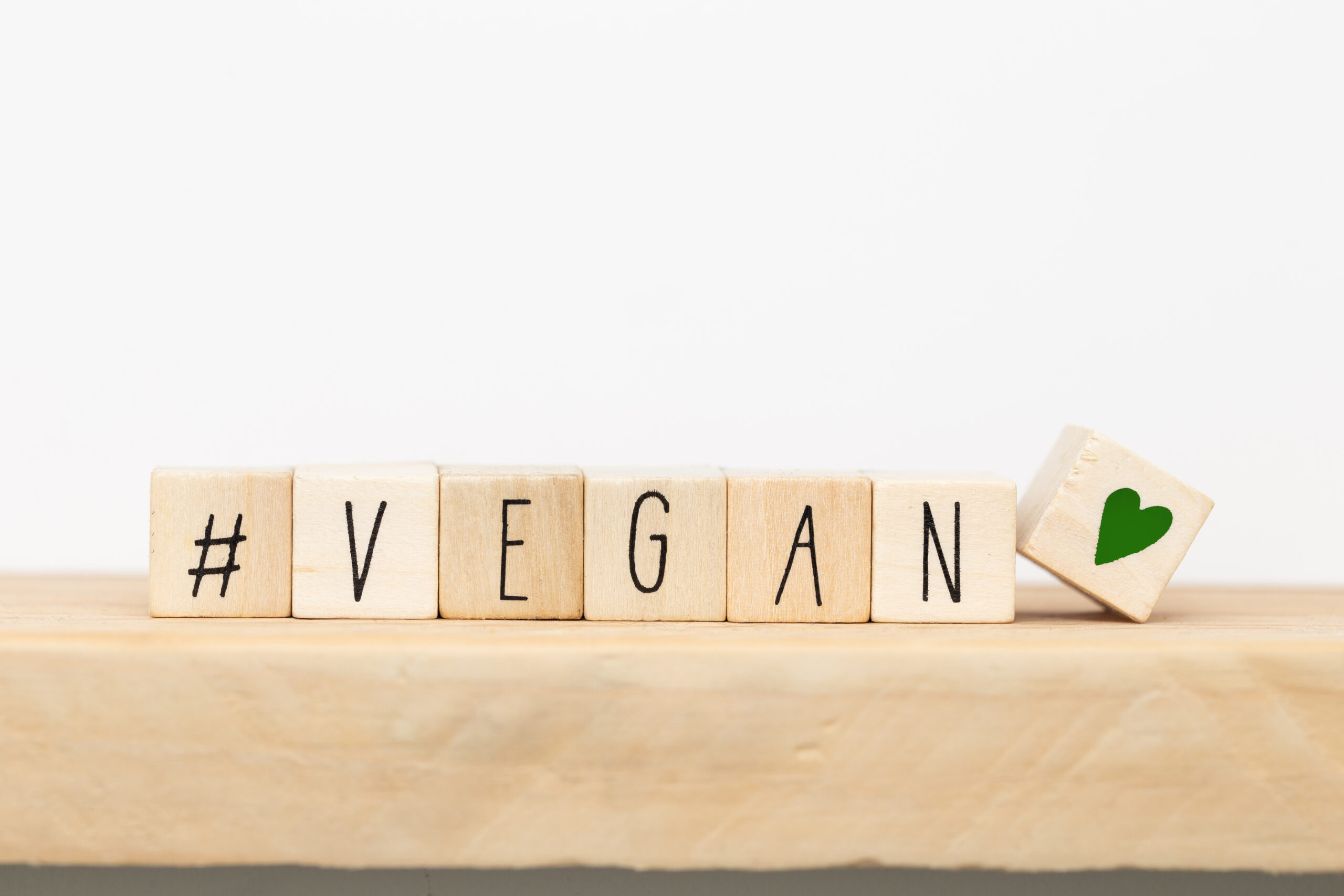
Vegetarians and vegans both refrain from eating meat or fish, but vegans are stricter in that they do not eat or otherwise consume anything that comes from an animal. So, a vegetarian might have honey in her tea and wear leather shoes, but a vegan would not because both honey and leather come from animals. Since both vegetarian and vegan diets are usually made up of eating fruits, vegetables, nuts, seeds, and meat substitutes, they tend to have health benefits that can include lowered body weight and lower cholesterol levels.
How being flexitarian differs from being vegan or vegetarian?
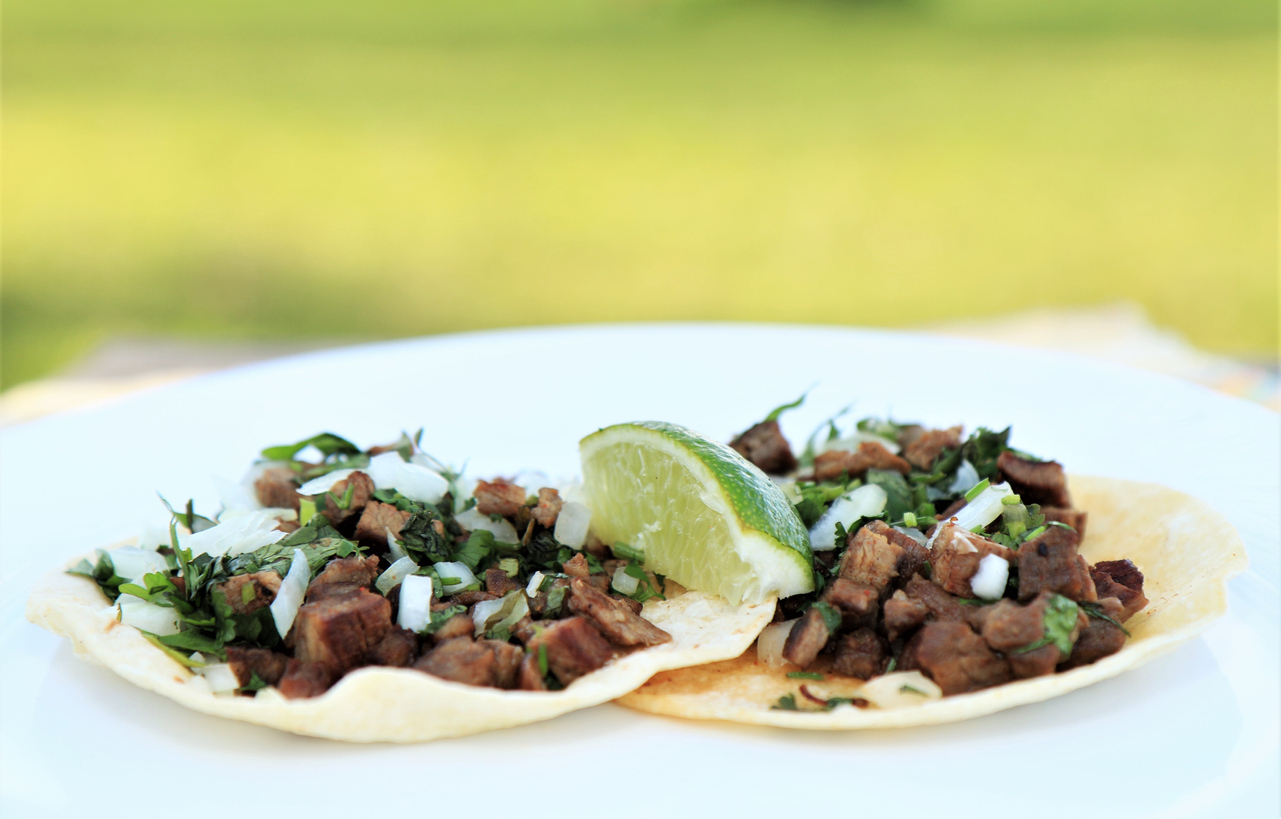
Flexitarians are not required to remove meat or other animal products from their diets. The goal of being a flexitarian is to eat more plants and less meat, but let's say that you go to your family's for dinner and you get offered some steak. If you are vegan or vegetarian, you would have to say no to it. But as a flexitarian, you can say yes if you're jonesing for some carne asada tacos.
How do you become a flexitarian?
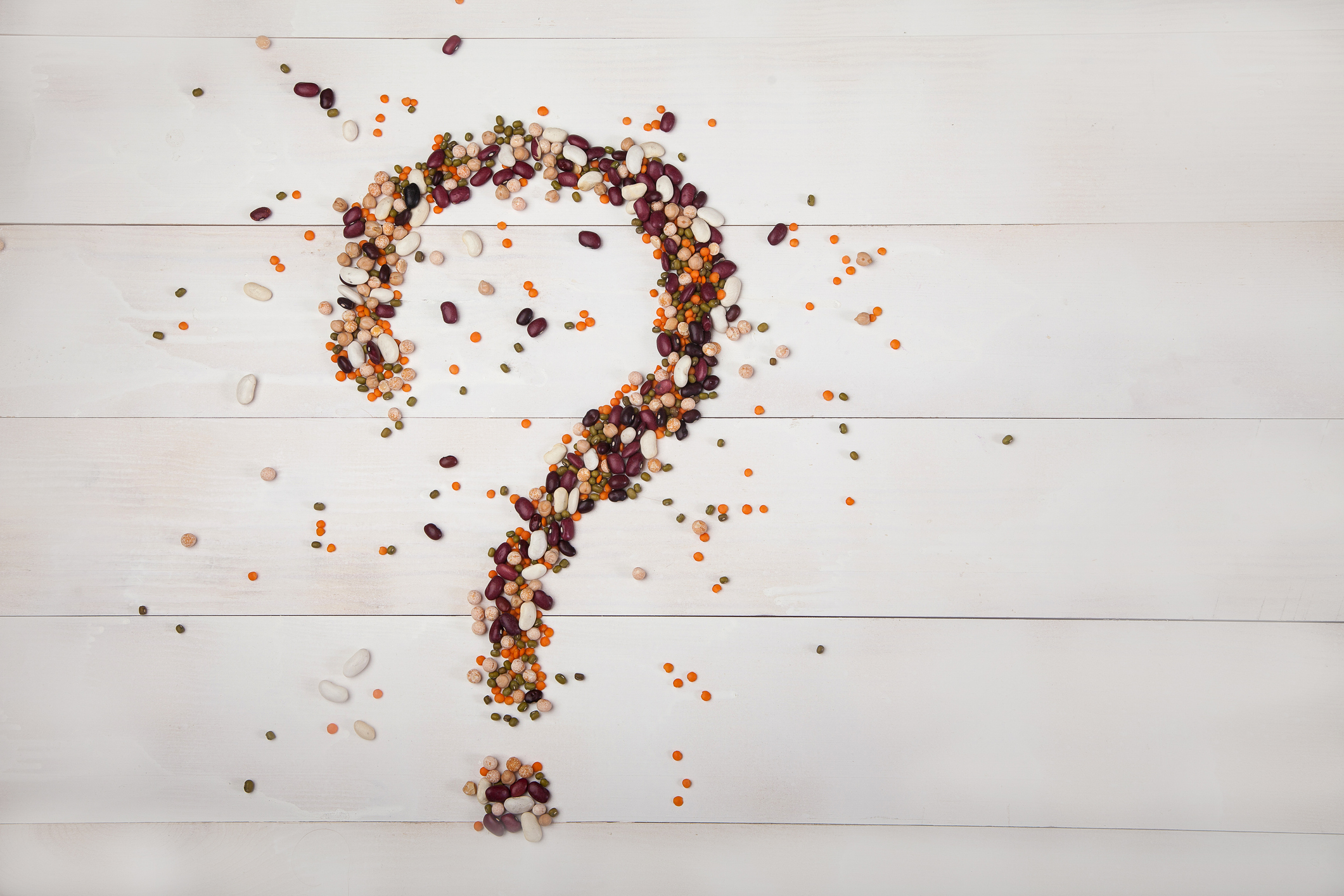
You could most certainly buy the book we mentioned written by Dawn Jackson Blatner for guidance, but what makes the Flexitarian Diet even more flexible is that you don't have to, you could just start being a flexitarian.
The Flexitarian Diet is actually more of a lifestyle than a diet.
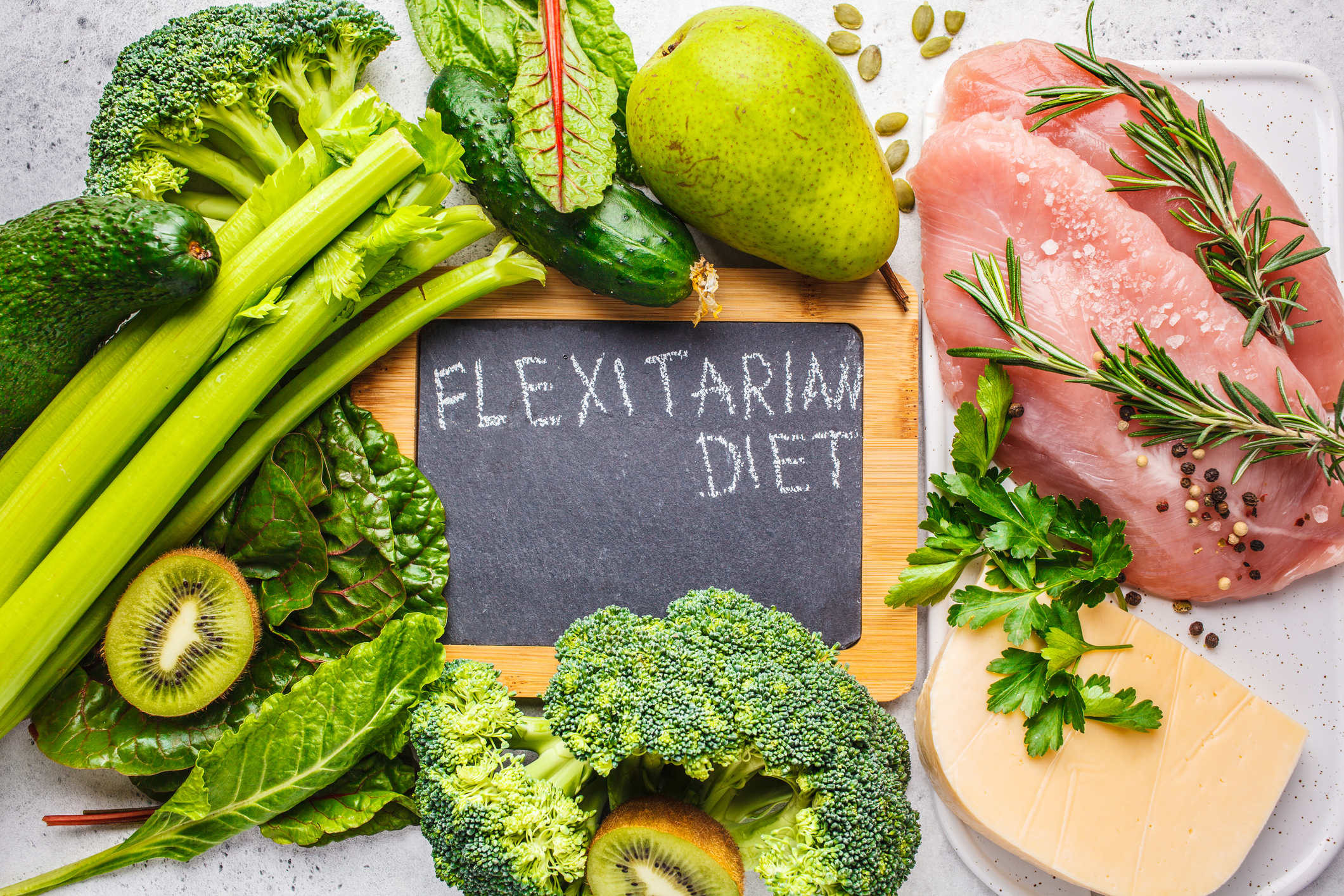
Instead of asking you to remove foods from your diet, the Flexitarian Diet recommends that you:
- Eat a majority of fruits, vegetables, legumes, and whole grains
- Get more protein from plants than animals
- Eat meat and animal products occasionally
- Eat foods in their most natural form and avoid processed foods
- Limit your intake of sugar
What makes it different than just eating like you normally do?
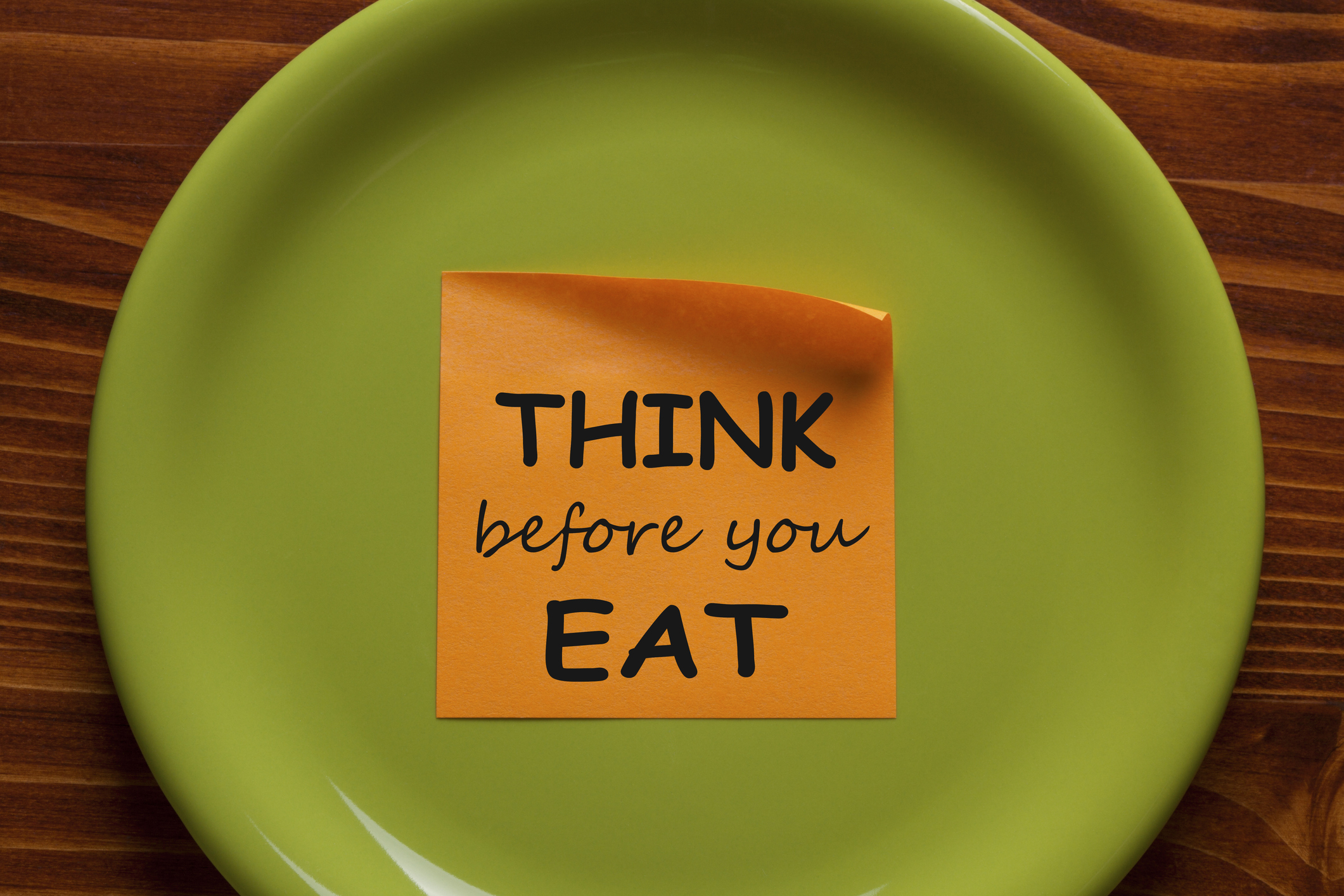
Well, if you aren't vegetarian or vegan, you might not be as mindful of eating a majority of plant-based foods that are full of good for you nutrients. You might also be eating more processed foods than you realize and not be keeping track of your sugar intake. Although being flexitarian doesn't ban any foods from your diet, it does help you be more mindful of what you are eating and guides you towards eating healthier foods most of the time.
What are the pros of a flexitarian lifestyle?
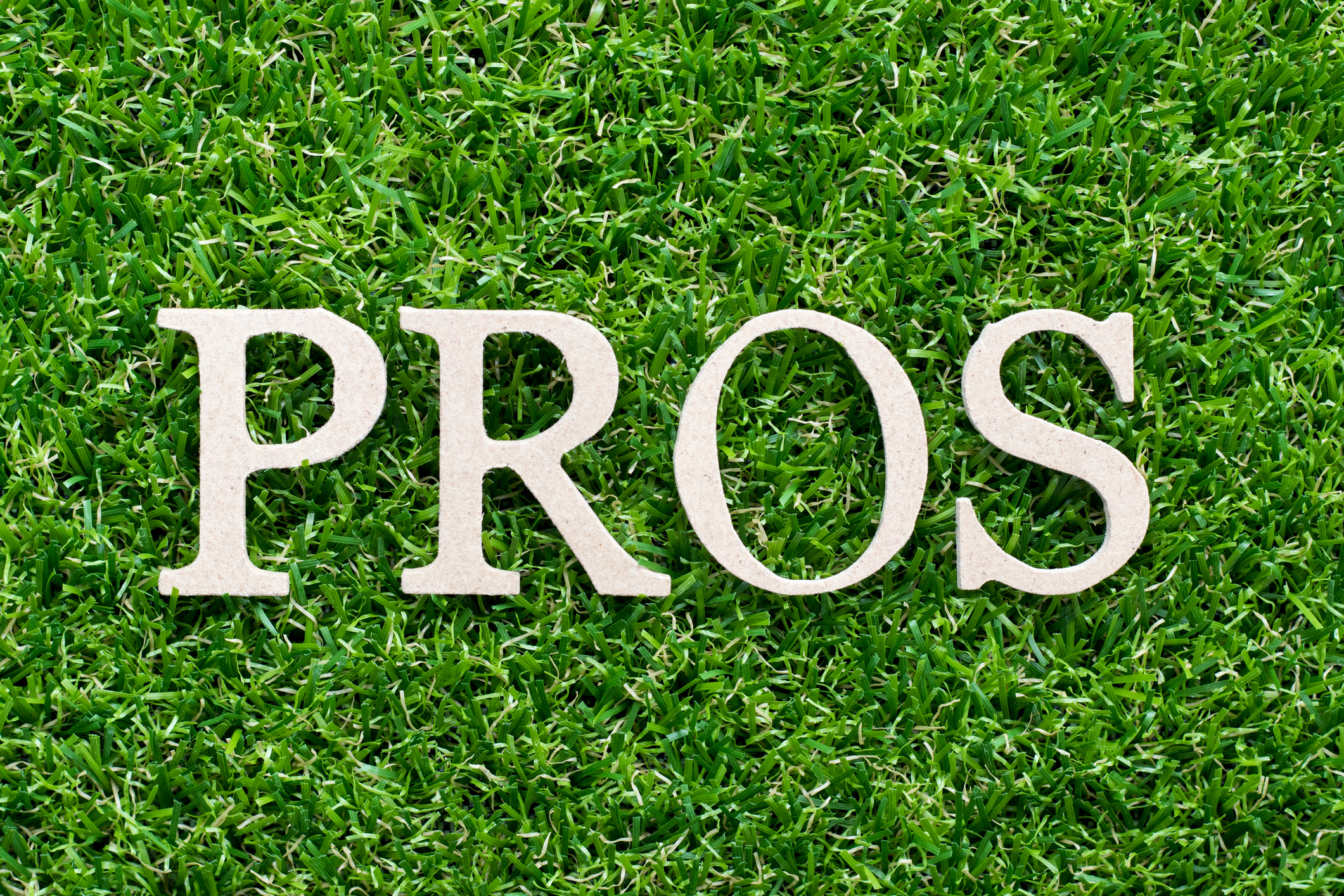
The biggest pro is right in the name. It's flexible. Meaning that you could go out and eat at a restaurant without having to play a game of 20 questions before figuring out if you can eat something on the menu. You also won't have to spend time trying to explain to your relatives why you can't eat anything when they make you foods that have meat or animal products in them, which is something vegetarians and vegans find themselves doing all the time.
What are the cons of a flexitarian lifestyle?
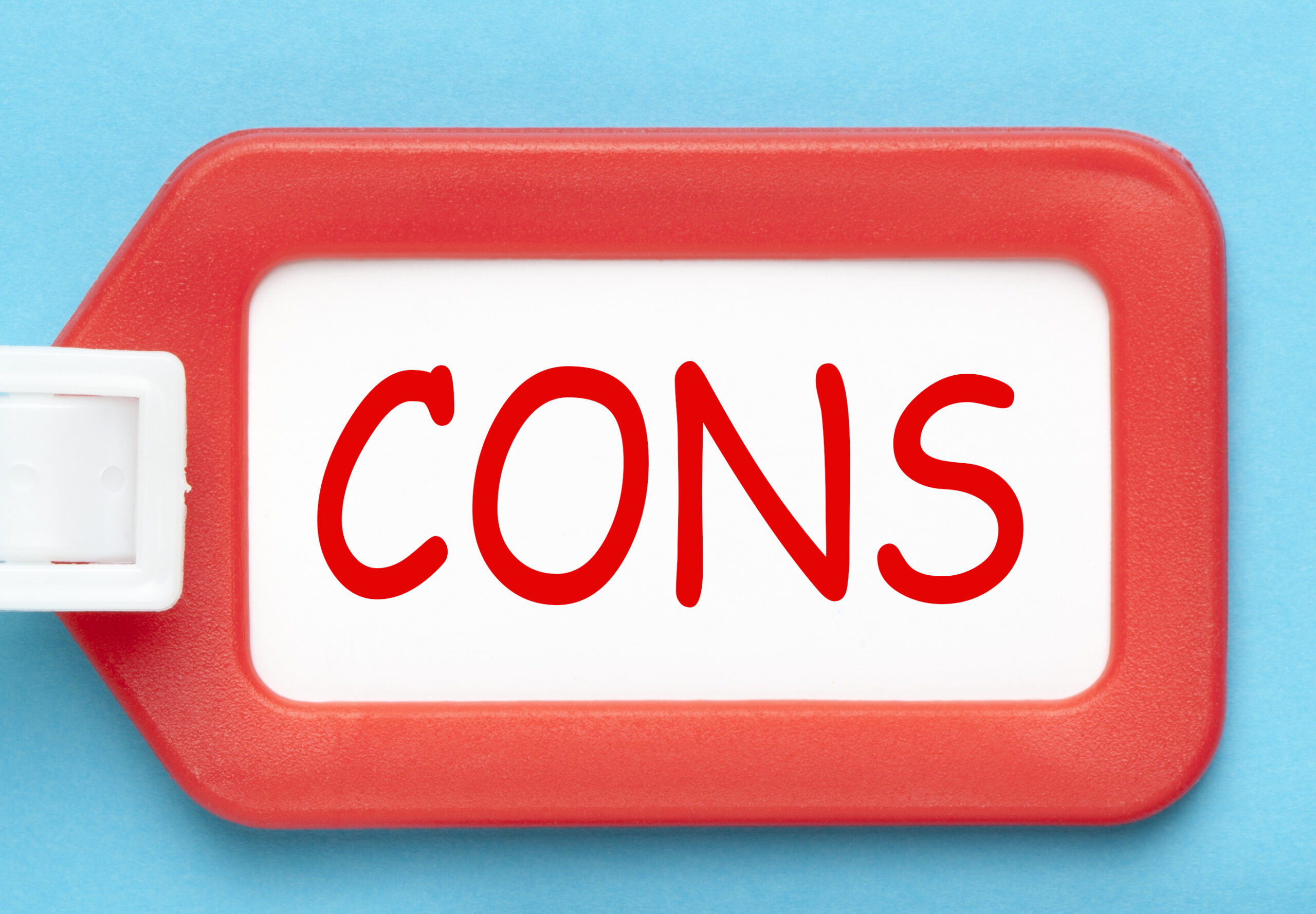
If you don't like fruits and vegetables, then you are out of luck because fruits and vegetables are supposed to be what you consume the most of if you are flexitarian. Also, to have your diet mostly consist of fruits and vegetables with little processed foods, then you'll need to cook at home a lot. But is cooking at home really a con? We don't think so.
Will going flexitarian cost you an arm and a leg?

No, not at all. Think about it, you might even save some money because you'll be spending less on meat and fish. Instead, you can fill up your cart with items like lentils, greens, fruits, and vegetables.
What are some possible health benefits of going flexitarian?

As we mentioned, eating less processed food, less meat, and more fruits and vegetables is a good thing. Decreasing your consumption of meat and processed foods can help lower your cholesterol and help eliminate excess salt and sugar from your diet. Also eating foods that are rich in fiber and have healthy fats is good for your heart.
Going flexitarian could lower your risk of Type 2 diabetes.
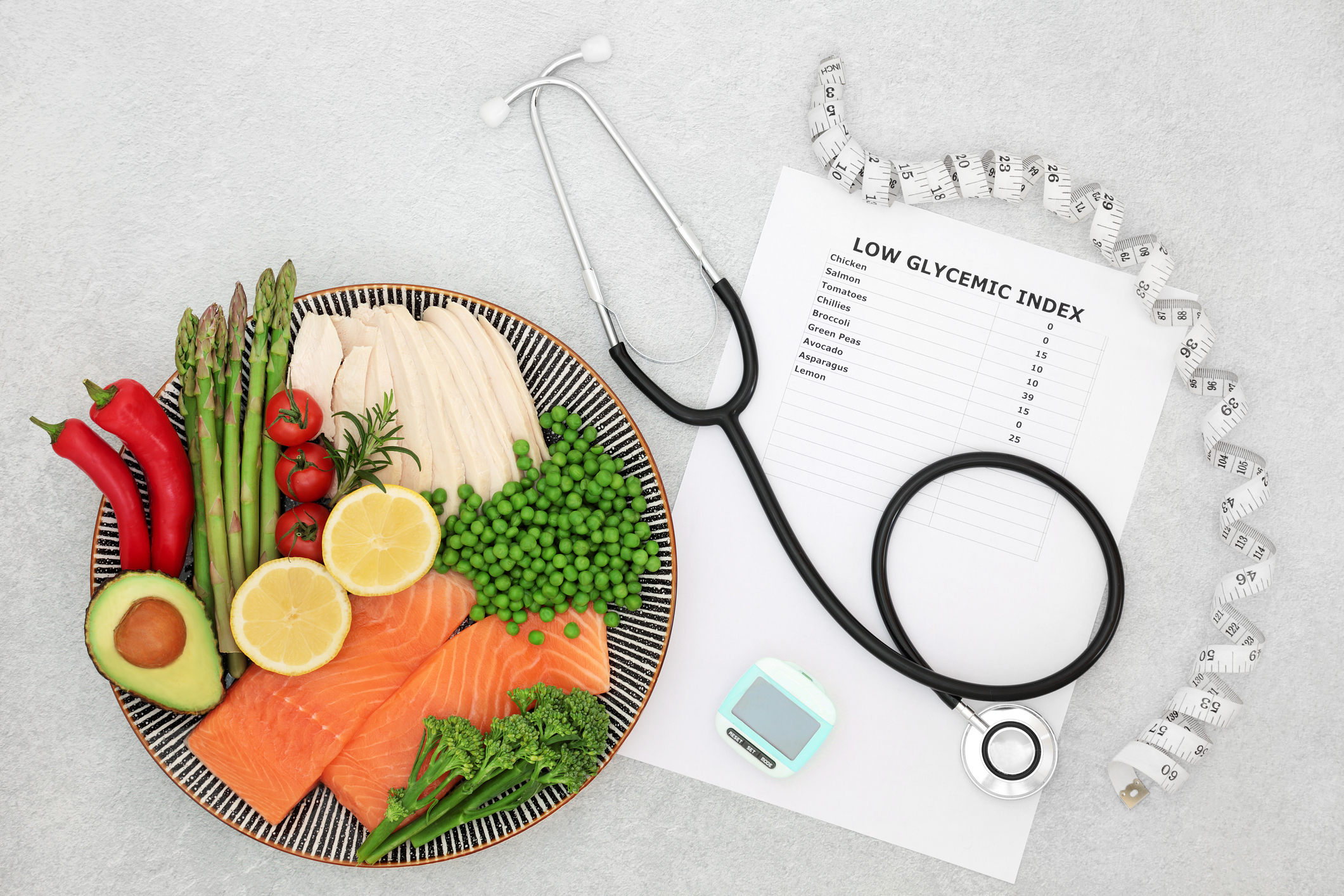
According to the Centers for Disease Control and Prevention, "more than 100 million U.S. adults now are living with diabetes or prediabetes." The CDC also warns that Hispanic/Latinos are 17% more likely to develop Type 2 diabetes than non-Hispanic whites. Adopting a semi-vegetarian diet can help lower the risk of developing Type 2 diabetes because it can help lower blood glucose levels.
Can you lose weight following the Flexitarian Diet?
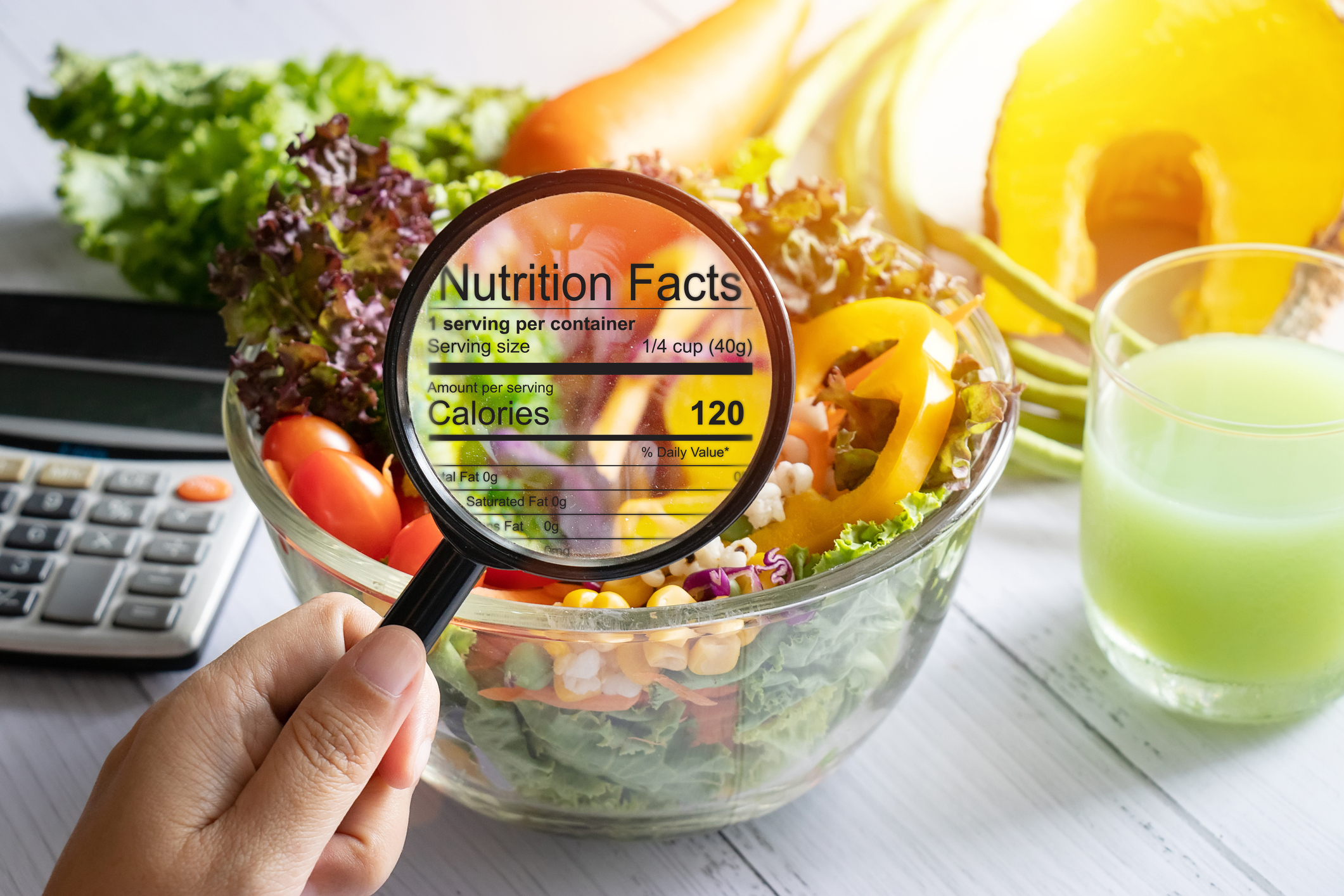
Again, this is more of a lifestyle than a diet. Losing weight is all about calories in versus calories out. Still, since this diet prioritizes eating plants, which are naturally lower in calories, it is possible that you could lose some weight. Also, there have been studies that show that vegetarians tend to weigh about 15% less than nonvegetarians, and because this diet is mostly vegetarian, that might translate into possible weight loss.
Not sure what to cook?

If you want to try out the Flexitarian Diet to see how it works out for you, but aren't sure what meals to cook, do a quick internet search. Type in "flexitarian recipes" and you'll find all kinds of options at your fingertips.
Need more guidance?

OK, so you love the idea of eating more veggies and adopting a healthier diet in general without feeling like there are foods that you absolutely can't eat, but at the same time, you want some more guidance? We get it, go check out the The Flexitarian Diet: The Mostly Vegetarian Way to Lose Weight, Be Healthier, Prevent Disease and Add Years to Your Life and read more about it, but in the meantime, you could certainly start by adding more fruits and veggies to your diet.
Psst: If purchasing an item on this list, MamásLatinas may receive a small cut. Each item and price is up to date at the time of publication; however, an item may be sold out or the price may be different at a later date.

